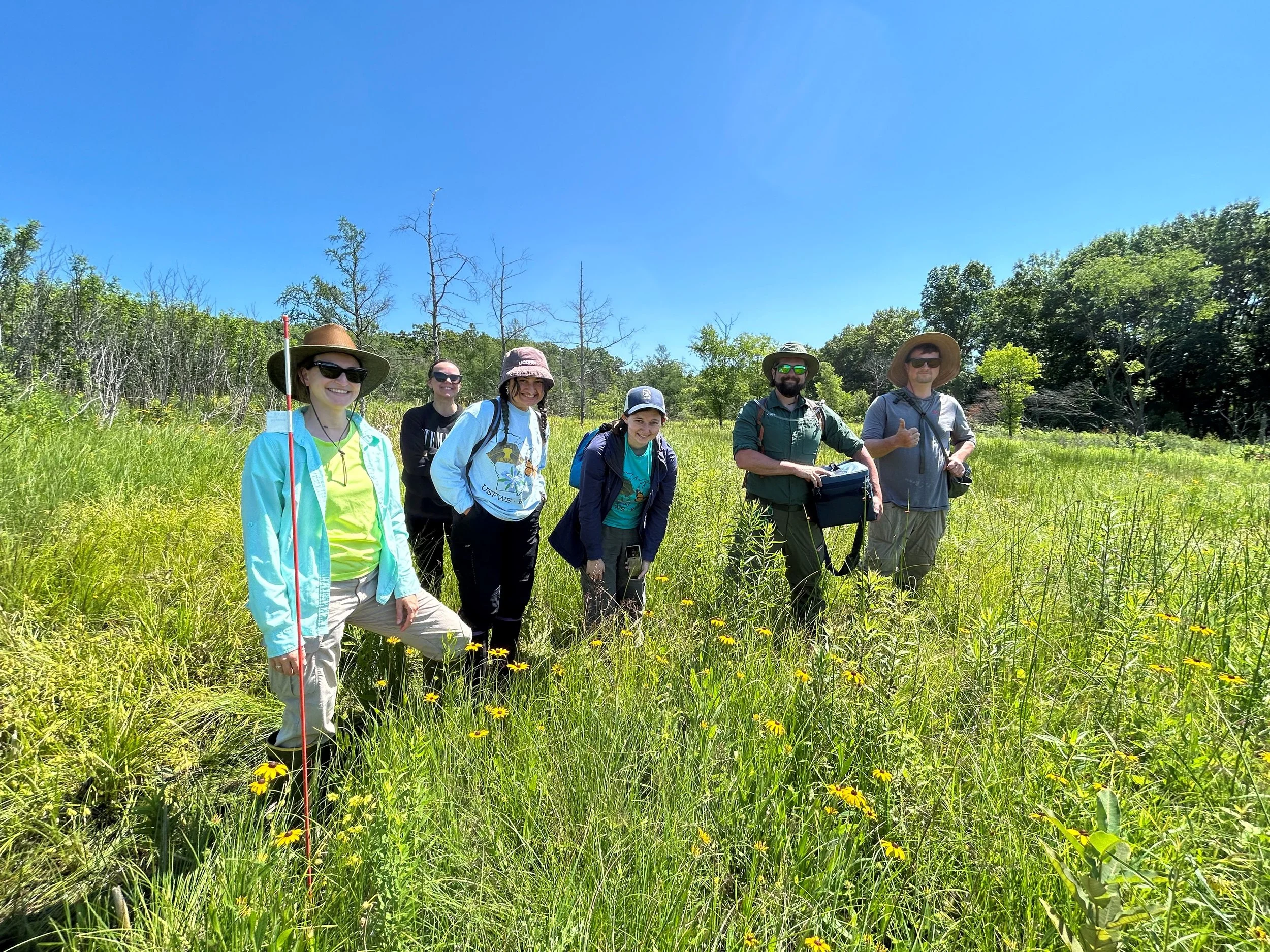A Hunt for a Perfect Home
One of the largest risks to the future of threatened and endangered species is habitat loss and degradation. When natural environments like prairies and waterways are destroyed or compromised by human interference, native species are often left with nowhere to go.
One of the leading causes of prairie degradation is pesticides, chemicals used to combat pests and disease that are harmful to native pollinators such as Poweshiek skipperlings and Dakota skipper butterflies. As the Zoo works to revive and reintroduce these species across the region, the hunt for “clean” prairie lands is in full swing.
To find the perfect homes for new populations, the Zoo conservation team is studying pesticide drift. Pesticide use is most prevalent in crop fields. However, these chemicals can drift, contaminating ecosystems many miles away.
This year, the Zoo is at work collecting host-grasses from dozens of sites across the Upper Midwest and analyzing them for insecticides, herbicides, fungicides, and other contaminates that could hurt developing caterpillars. Once safe locations are found, they can be marked as potential areas for butterfly reintroduction.
The Zoo has been studying pesticide drift for a decade, but this latest project is an exciting step toward the recovery of Poweshiek skipperlings and Dakota skipper butterflies. Thanks to research like this, native pollinators will have a chance to thrive again, eventually spreading their wings across the Midwest. Inspiring conservation work like this would not be possible without your generosity!

